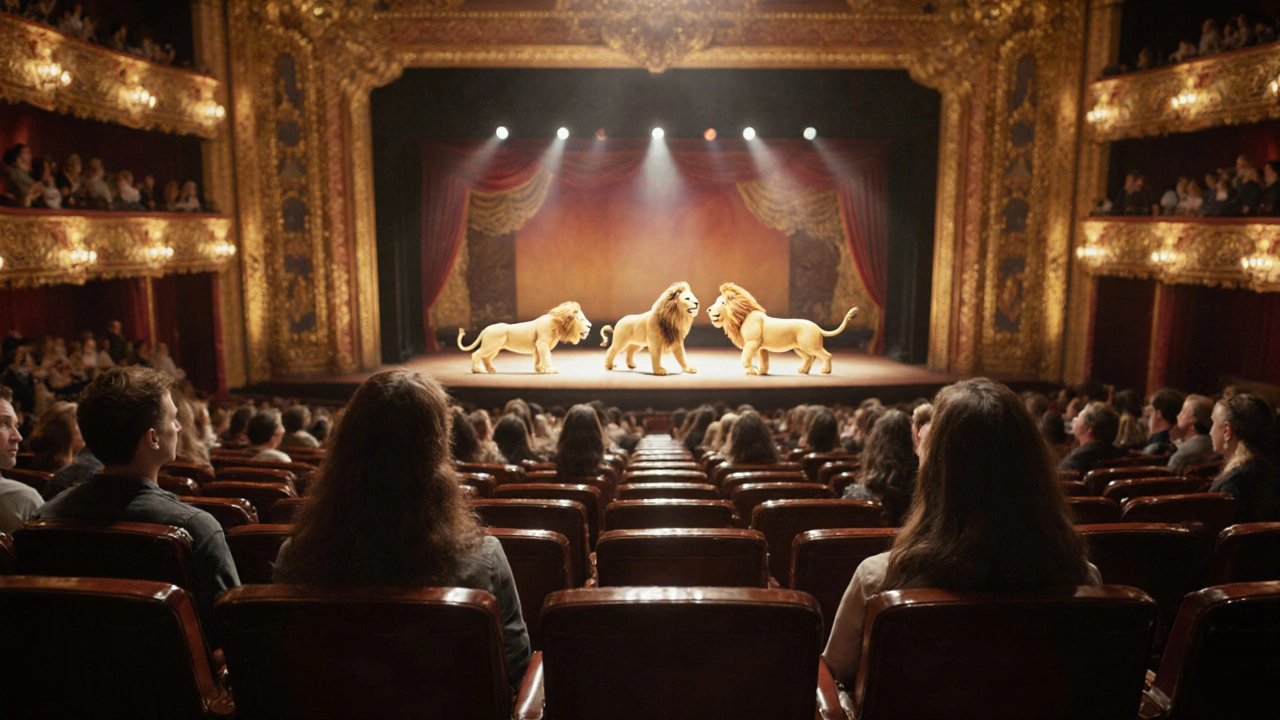Theatre Seating Maps in London: Find the Best Sightlines
Find the best theatre seats in London with expert advice on sightlines, seating maps, and hidden pitfalls in West End theatres. Avoid bad views and get the most from your ticket.
When you buy a ticket for a London theatre seating, the physical arrangement of seats in West End and off-West End venues that affects your view, sound, and overall experience. Also known as stage seating, it determines whether you’ll see every gesture, hear every lyric, or spend the show squinting at a distant actor. Not all seats are created equal—even if the price tag says the same thing. A £40 ticket in the front row of the circle might give you a better view than a £120 stall seat blocked by a pillar. And that’s just the start.
Most theatres in London have three main zones: stalls, the ground-level seating closest to the stage, often the most expensive but with the clearest sightlines, circle, the first upper level, offering a slightly elevated, panoramic view that many consider ideal for musicals and large-scale productions, and gallery, the highest and cheapest tier, sometimes called the gods, where you’re far back but still get the full spectacle if you don’t mind a bit of a climb. The key isn’t just where you sit—it’s how the stage is designed. In older theatres like the Royal Opera House or the Adelphi, the rake (slope) of the floor matters. A steep rake means the person in front won’t block your view. Newer venues like the Lyceum or the Sondheim have better sightlines across all levels, but that doesn’t mean you’re safe from bad seats. Always check for obstructions: pillars, overhangs, or even the stage box that can hide half the performance.
Want to save money without sacrificing the experience? Avoid the very front rows of the stalls—your neck will ache from looking up. The middle of the circle, around rows E to H, often gives you the sweet spot: close enough to see facial expressions, far enough to take in the whole set. For musicals like Mamma Mia! or The Lion King, you want to be centered—side seats in the circle can make the choreography feel one-sided. If you’re on a tight budget, the gallery is surprisingly good for comedy and drama. You’ll hear every punchline and every whisper. And if you’re lucky, you might catch last-minute £10 tickets through TodayTix or the theatre’s own box office rush.
Don’t forget: some theatres have hidden perks. The Old Vic’s upper circle has fewer seats, so less crowding and better legroom. The Barbican’s seats are wider than most. The National Theatre’s balcony offers views you can’t get anywhere else, especially for plays with complex staging. And if you’re seeing a show in a historic venue like the Theatre Royal Drury Lane, the architecture itself is part of the show—just make sure you’re not sitting where the chandelier swings too close.
What you’ll find below are real, practical guides from people who’ve sat in every row, paid full price, and still found the best deal. Whether you’re seeing your first West End show or you’ve been to ten, these posts will help you choose seats that match your budget, your eyes, and your ears—not just the ticket price.

Find the best theatre seats in London with expert advice on sightlines, seating maps, and hidden pitfalls in West End theatres. Avoid bad views and get the most from your ticket.